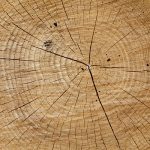How to Go About Limbing a Tree with a Chainsaw

Limbing is an essential process of felling a tree. There are right and wrong ways of doing this and SGS Engineering will help you with the best practices.
When working in your garden you might be tempted to focus on smaller jobs and ignore the elephant in the room that is your overgrown trees. Taller and fuller trees especially are something we try to avoid as it often seems like quite a difficult task in limbing them. This shouldn’t be the case though, as with the right tools and methodology you can efficiently get your trees trimmed and managed. Read on to find out more!
Why Proper Tree Limbing is Important

There are a number of reasons why properly limbing a tree is very important.
Firstly there’s the necessity to keep your trees under control; if they become overgrown, the bigger, fuller branches pose a risk to both you and your home. In a strong wind for instance, branches can snap off and cause damage, also they can start to encroach on your home or surrounding buildings.
Secondly, if you’re intending on getting rid of the tree altogether, before you fell it completely you need to remove the bigger branches from it.
The health of the tree is another aspect to consider too. If the branches aren’t properly removed they can basically tear away and wound the tree. Furthermore, if these don’t heal properly, trees become at risk of disease, and when they do heal, the bark can be tarnished and scarred, making them appear unsightly and sparse.
The Tools you Need
In order to make the limbing process run smoothly and safely you need the right tools for the job.
- Gardening gloves – to offer your hands protection
- Goggles – to protect your eyes from projectile wood chippings
- Sturdy extendable ladders – that can securely support you when reaching for higher branches
- Chainsaw – the right chainsaw is important to cut through tough wood
- Assistance – given the nature of the task, have somebody watch and support you
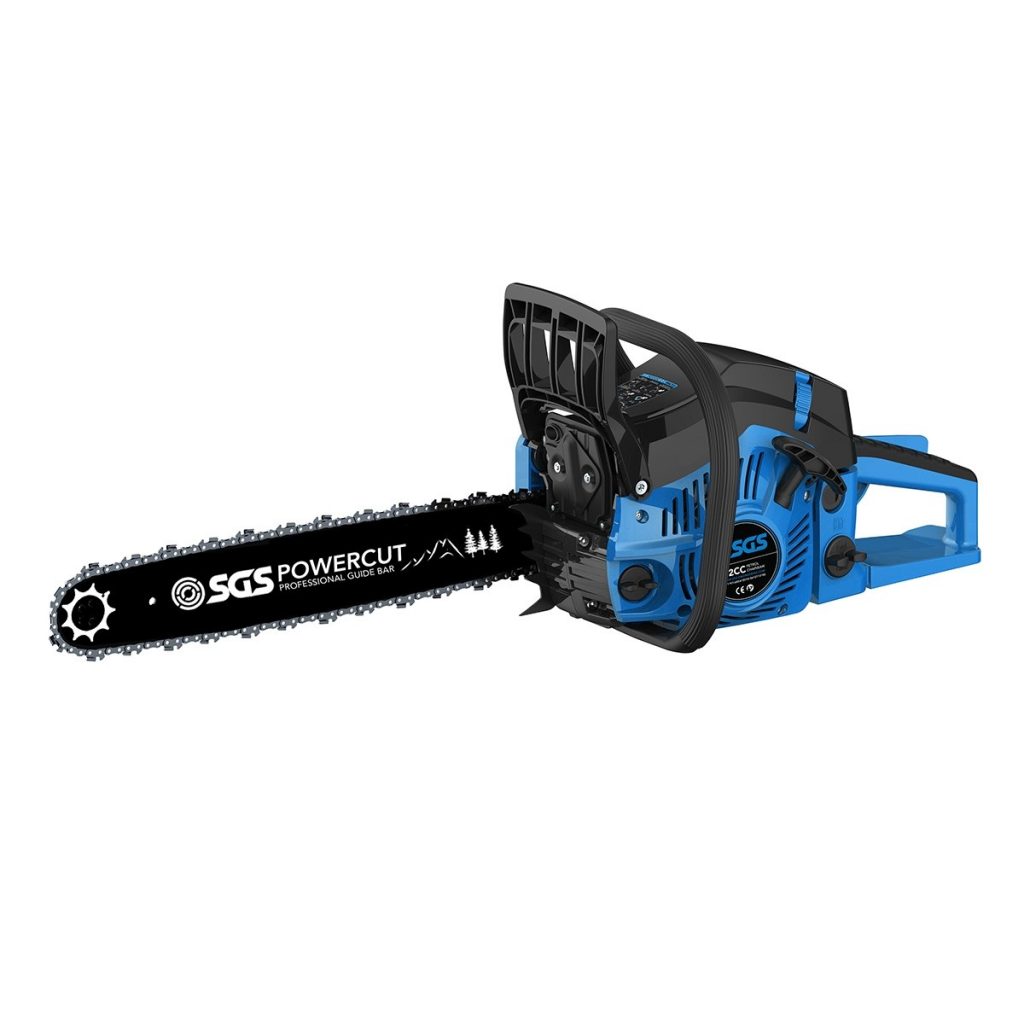
When it comes to usability, the excellent performance, two-handed grip, light weight and wrap-around handle allow you to work in a more controlled and accurate manner. The automatic chain lubrication system ensures that the chain is always lubricated while in use to minimise on downtime and keep the chain in good health.
How to Go About it
With the right equipment and safety gear, here’s the steps SGS suggest you take:
#1 Plan your Attack
Before you begin any cutting, know which branches you want to remove first and where you intend to cut them off. As well as this, make sure you think about where they are going to fall so they don’t cause any damage to you, your buildings or others.
#2 Work your Way Up

With your branches targeted, you should start from the bottom and work your way up. By taking this approach you don’t risk any branches becoming caught or sheering off others on their way to the ground. It will also make things easier when you extend your ladder to reach higher branches.
#3 Cut from Below
When you’re sturdy and in a position where you can safely operate your chainsaw with the branch facing away from you, you need to cut roughly half way into the branch from the underneath. This cut should also be at least a few inches up from the trunk.
#4 Cut from Above

Next, cut the same depth from the top of the branch a few centimetres in front of the cut you did underneath. What should happen is the branch will naturally fall away, as you create this second cut. More importantly it will fall down and away from you.
#5 Neatening Up

At this point, the remaining stump will probably be split and jagged at the end where the branch has fallen. So now you need to neaten it so it is flush to the trunk and so it can heal properly. Simply cut straight down from the top with your chainsaw as close to the trunk as you can get.
#6 Repeat and Tidy
Repeat this process and work your way up the tree, taking extra care the higher you go. With all your chosen branches successfully limbed, you need to tidy away your equipment securely. You also have the option at this point to cut up your branches into smaller logs; these can be left to dry and make great wood for open fires.
Remember to take care when handling your chainsaw and follow these steps. In next to no time, your trees will be looking trimmed and tidy, more importantly though they’ll be healthy.
Still need help?

Our in house experts are always on hand for buying advice and to provide bespoke care, regardless of the application.
Call SGS on 01332 576 850 or fill out our contact form today.


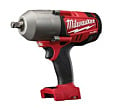
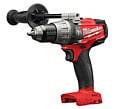
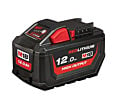
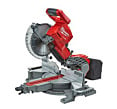

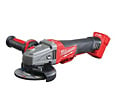
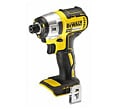
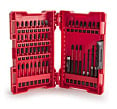

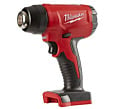
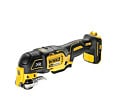
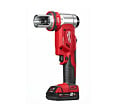
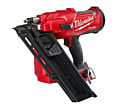




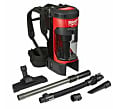

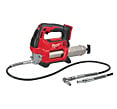
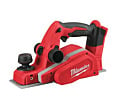
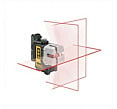
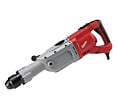
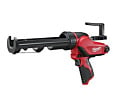

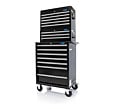
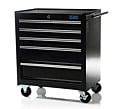

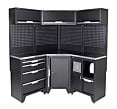
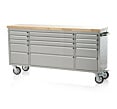

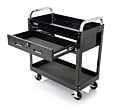
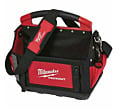
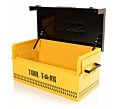


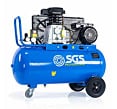

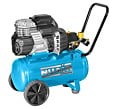
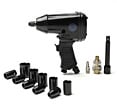
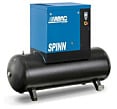
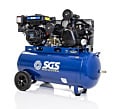

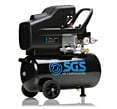



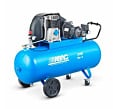
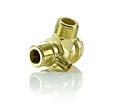
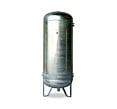

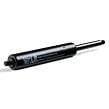
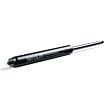
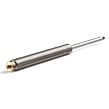
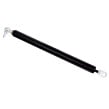

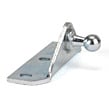

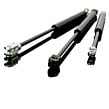
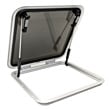
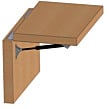
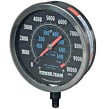
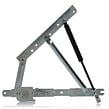
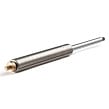
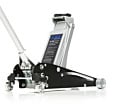
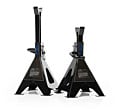


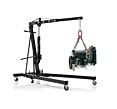
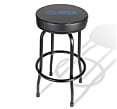
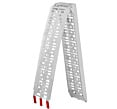
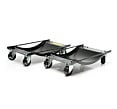
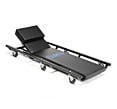

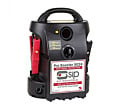
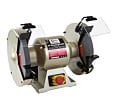
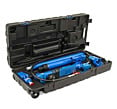
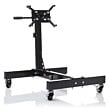


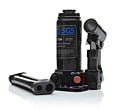
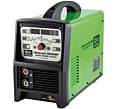
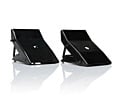
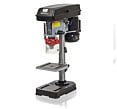
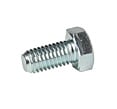
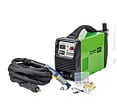
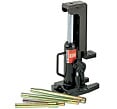
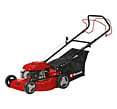
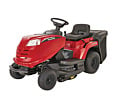
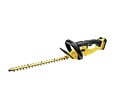
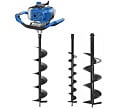

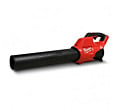
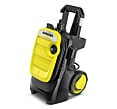
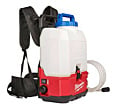
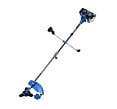

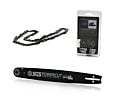
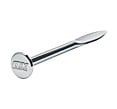
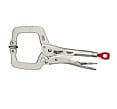
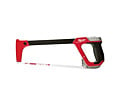
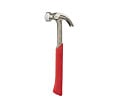
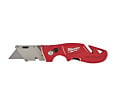
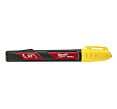
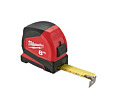

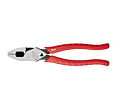
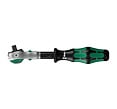
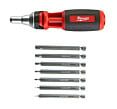
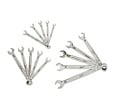
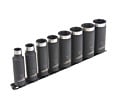
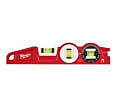
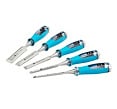
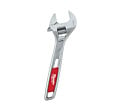


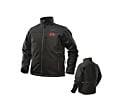
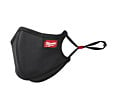

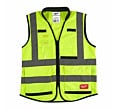

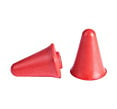
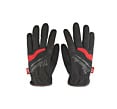
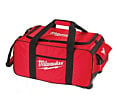
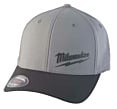
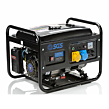


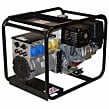
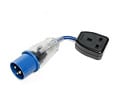






























 Milwaukee Authorised Distributor
Milwaukee Authorised Distributor  4.4 out of 5 with 50,000+ reviews
4.4 out of 5 with 50,000+ reviews  Free delivery on orders over £75*
Free delivery on orders over £75*  Next working day delivery available*
Next working day delivery available* 
